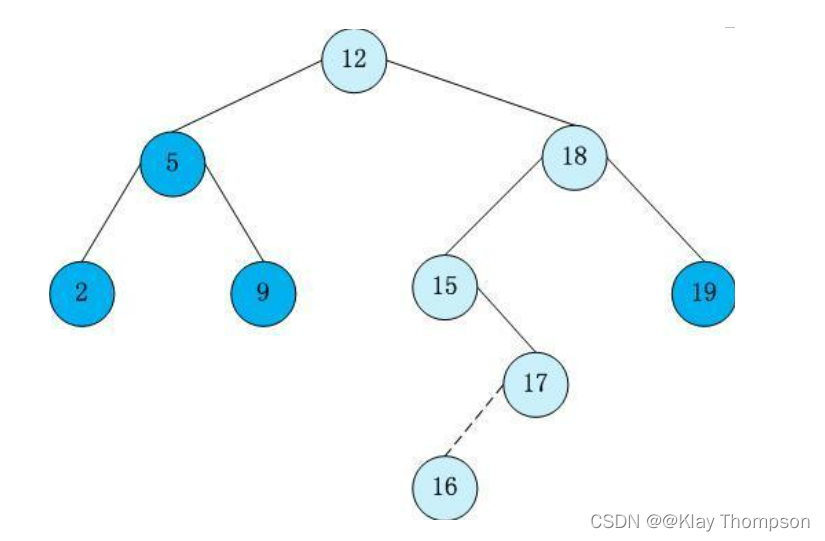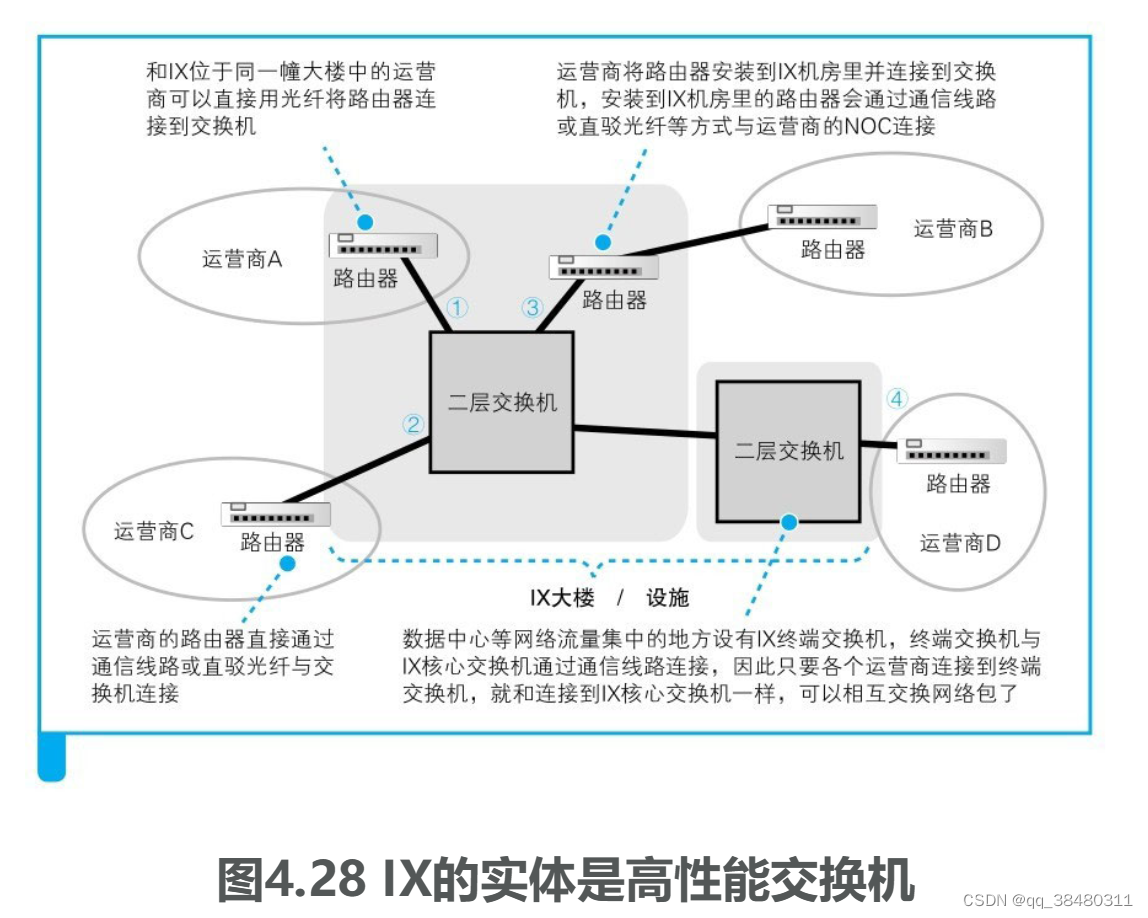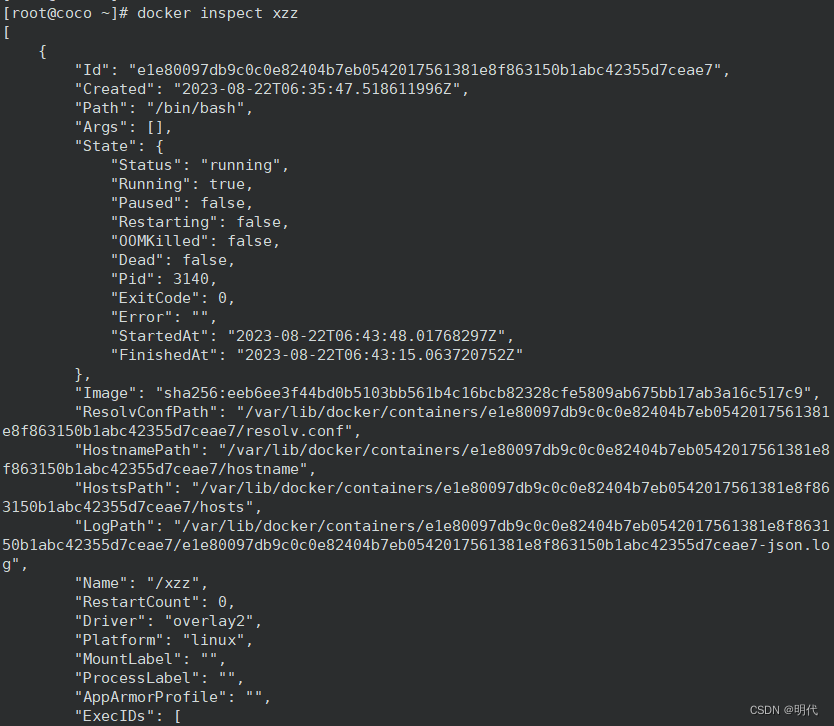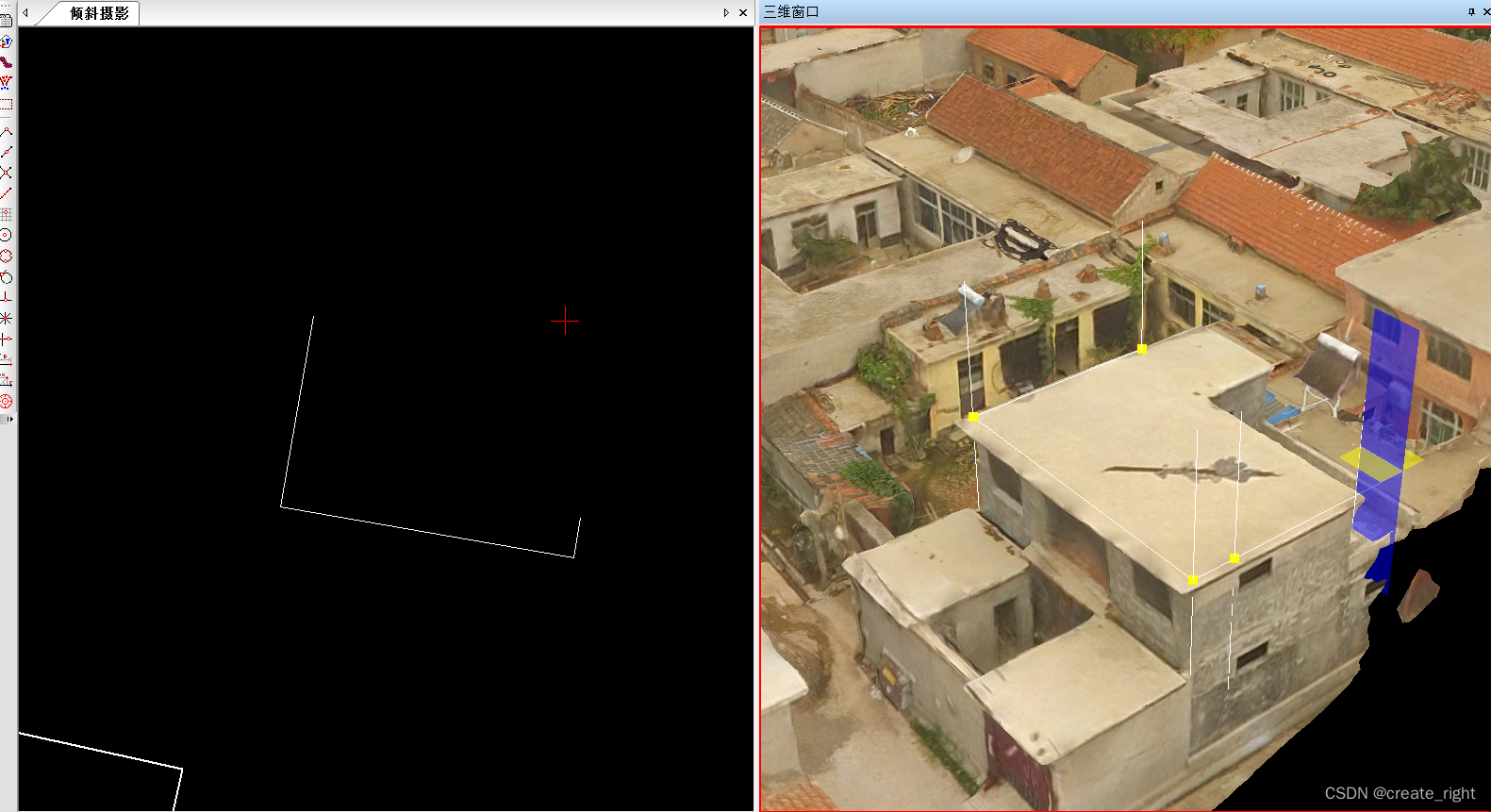一、二叉搜索树的概念
二叉搜索树又称二叉排序树,它或者是一棵空树,或者是具有以下性质的二叉树:
1、若它的左子树不为空,则左子树上所有节点的值都小于根节点的值;
2、若它的右子树不为空,则右子树上所有节点的值都大于根节点的值;
3、它的左右子树也分别为二叉搜索树
下图就是一个二叉搜索树:
二、二叉树的定义
template<class K>
struct BSTreeNode
{
BSTreeNode<K>* _right;
BSTreeNode<K>* _left;
K _key;
BSTreeNode(const K& key = K())
:_right(nullptr)
,_left(nullptr)
,_key(key)
{
}
};
template<class K>
class BSTree
{
typedef BSTreeNode<K> Node;
public:
bool find(const K& key){}//查找
bool insert(const K& key){}//插入
bool erase(const K& key){}//删除
private:
Node* _root;
};
三、二叉搜索树的查找节点
非递归写法:
如果root为空,那么查找失败,没有要查找的节点;如果root不为空,比较root->key和要查找的值,如果要查找的值大于root->key,就到右子树接着找,反之,到左子树接着找。找到返回true,没有找到返回false。
bool find(const K& key)
{
Node* cur = _root;
while (cur)
{
if (key > cur->_key)
{
cur = cur->_right;
}
else if (key < cur->_key)
{
cur = cur->_left;
}
else
{
return true;
}
}
return false;
}递归写法:
查找思想还是和非递归一样的,如果root为空,返回false,如果root->key大于要找的值,那么递归到左子树去找(转换成一个子问题),反之,递归到右子树去找。
bool findR(const K& key)
{
return _findR(_root, key);
}
bool _findR(Node* root, const K& key)
{
if (root == nullptr)
return false;
if (root->_key == key)
{
return true;
}
else if(root->_key < key)
{
return _findR(root->_right, key);
}
else
{
return _findR(root->_left, key);
}
}四、二叉搜索树的插入节点
非递归写法:
要插入一个数据,首先得找到插入的位置,所以插入分为两大步:
1、找到要插入的位置
如果树中存在一个节点的key与要插入的数相同,则不会插入。找位置的时候要同时有一个指针记录父节点,走到空就结束
2、插入数据
判断插入的数据比父节点大还是小,如果小则插在左边,反之则插在右边
bool insert(const K& key)
{
if (_root == nullptr)
{
_root = new Node(key);
}
else
{
Node* cur = _root;
Node* parent = cur;
while (cur)
{
if (key > cur->_key)
{
parent = cur;
cur = cur->_right;
}
else if (key < cur->_key)
{
parent = cur;
cur = cur->_left;
}
else
{
return false;
}
}
if (key > parent->_key)
{
parent->_right = new Node(key);
}
else
{
parent->_left = new Node(key);
}
}
return true;
}递归写法:
bool insertR(const K& key)
{
return _insertR(_root, key);
}
//这里要传引用,我们就不需要找父节点了
bool _insertR(Node*& root, const K& key)
{
if (root == nullptr)
{
root = new Node(key);
return true;
}
if (root->_key < key)
{
return _insertR(root->_right, key);
}
else if (root->_key > key)
{
return _insertR(root->_left, key);
}
else
{
return false;
}
}五、二叉搜索树的删除节点
删除节点大致可分为三种情况:
1、要删除节点左右都为空;
2、要删除节点左为空或右为空;
3、要删除节点左右都不为空。
第一点和第二点又可以看成一点。
要注意特殊情况:要删除的节点是根节点。
非递归写法:
bool erase(const K& key)
{
Node* cur = _root;
Node* parent = cur;
while (cur)
{
if (key > cur->_key)
{
parent = cur;
cur = cur->_right;
}
else if (key < cur->_key)
{
parent = cur;
cur = cur->_left;
}
//找到要被删的节点了
else
{
//1、要删除的这个节点是叶子节点或度为1(可直接删除)
if (cur->_left == nullptr)
{
if (cur == _root)
{
_root = cur->_right;
}
else
{
if (parent->_right == cur)
{
parent->_right = cur->_right;
}
else
{
parent->_left = cur->_right;
}
}
}
else if(cur->_right == nullptr)
{
if (cur == _root)
{
_root = cur->_left;
}
else
{
if (parent->_right = cur)
{
parent->_right = cur->_left;
}
else
{
parent->_left = cur->_left;
}
}
}
//2、要删除的这个节点度为2(替换法)
else
{
//找左树中的最大值或右树中的最小值与被删节点交换,再删除
//找左树中的最大值
Node* leftMax = cur->_left;
Node* PLeftMax = cur;
while (leftMax->_right)
{
PLeftMax = leftMax;
leftMax = leftMax->_right;
}
swap(cur->_key, leftMax->_key);//交换值
//删除leftMax
if (PLeftMax->_right == leftMax)
{
if (leftMax->_right == nullptr)
{
PLeftMax->_right = leftMax->_left;
}
else
{
PLeftMax->_right = leftMax->_right;
}
}
if (PLeftMax->_left == leftMax)
{
if (leftMax->_right == nullptr)
{
PLeftMax->_left = leftMax->_left;
}
else
{
PLeftMax->_left = leftMax->_right;
}
}
cur = leftMax;
}
delete cur;
return true;
}
}
return false;
}递归写法:
bool eraseR(const K& key)
{
return _eraseR(_root, key);
}
bool _eraseR(Node*& root, const K& key)
{
if (root == nullptr)
return false;
if (root->_key < key)
{
return _eraseR(root->_right, key);
}
else if (root->_key > key)
{
return _eraseR(root->_left, key);
}
else
{
Node* del = root;
//找到了被删除节点
//1、左为空或右为空或左右都为空
if (root->_left == nullptr)
{
root = root->_right;
}
else if (root->_right == nullptr)
{
root = root->_left;
}
//2、左右都不为空
else
{
//左树找最大值
Node* LeftMax = root->_left;
while (LeftMax->_right)
{
LeftMax = LeftMax->_right;
}
swap(root->_key, LeftMax->_key);
//删除LeftMax节点
return _eraseR(root->_left, key);
}
delete del;
return true;
}
}六、二叉搜索树的应用
1、K模型(也就是我们后面学是set):K模型即只有key作为关键码,结构中只需要存储Key即可,关键码即为需要搜索到的值。
2、KV模型(也就是我们后面学是map):每一个关键码key,都有与之对应的值Value,即<Key, Value>的键值对。
七、二叉搜索树的实现
template<class K>
struct BSTreeNode
{
BSTreeNode<K>* _right;
BSTreeNode<K>* _left;
K _key;
BSTreeNode(const K& key = K())
:_right(nullptr)
,_left(nullptr)
,_key(key)
{
}
};
template<class K>
class BSTree
{
typedef BSTreeNode<K> Node;
public:
BSTree()
:_root(nullptr)
{}
BSTree(const BSTree<K>& tree)
{
_root = Copy(tree._root);
}
BSTree<K>& operator=(BSTree<K> tmp)
{
swap(_root, tmp._root);
return *this;
}
~BSTree()
{
Destory(_root);
}
bool insert(const K& key)
{
if (_root == nullptr)
{
_root = new Node(key);
}
else
{
Node* cur = _root;
Node* parent = cur;
while (cur)
{
if (key > cur->_key)
{
parent = cur;
cur = cur->_right;
}
else if (key < cur->_key)
{
parent = cur;
cur = cur->_left;
}
else
{
return false;
}
}
if (key > parent->_key)
{
parent->_right = new Node(key);
}
else
{
parent->_left = new Node(key);
}
}
return true;
}
void InOrder()
{
_InOrder(_root);
cout << endl;
}
bool find(const K& key)
{
Node* cur = _root;
while (cur)
{
if (key > cur->_key)
{
cur = cur->_right;
}
else if (key < cur->_key)
{
cur = cur->_left;
}
else
{
return true;
}
}
return false;
}
bool erase(const K& key)
{
Node* cur = _root;
Node* parent = cur;
while (cur)
{
if (key > cur->_key)
{
parent = cur;
cur = cur->_right;
}
else if (key < cur->_key)
{
parent = cur;
cur = cur->_left;
}
//找到要被删的节点了
else
{
//1、要删除的这个节点是叶子节点或度为1(可直接删除)
if (cur->_left == nullptr)
{
if (cur == _root)
{
_root = cur->_right;
}
else
{
if (parent->_right == cur)
{
parent->_right = cur->_right;
}
else
{
parent->_left = cur->_right;
}
}
}
else if(cur->_right == nullptr)
{
if (cur == _root)
{
_root = cur->_left;
}
else
{
if (parent->_right = cur)
{
parent->_right = cur->_left;
}
else
{
parent->_left = cur->_left;
}
}
}
//2、要删除的这个节点度为2(替换法)
else
{
//找左树中的最大值或右树中的最小值与被删节点交换,再删除
//找左树中的最大值
Node* leftMax = cur->_left;
Node* PLeftMax = cur;
while (leftMax->_right)
{
PLeftMax = leftMax;
leftMax = leftMax->_right;
}
swap(cur->_key, leftMax->_key);//交换值
//删除leftMax
if (PLeftMax->_right == leftMax)
{
if (leftMax->_right == nullptr)
{
PLeftMax->_right = leftMax->_left;
}
else
{
PLeftMax->_right = leftMax->_right;
}
}
if (PLeftMax->_left == leftMax)
{
if (leftMax->_right == nullptr)
{
PLeftMax->_left = leftMax->_left;
}
else
{
PLeftMax->_left = leftMax->_right;
}
}
cur = leftMax;
}
delete cur;
return true;
}
}
return false;
}
//-----------------------------------递归写法---------------------------------------
bool findR(const K& key)
{
return _findR(_root, key);
}
bool insertR(const K& key)
{
return _insertR(_root, key);
}
bool eraseR(const K& key)
{
return _eraseR(_root, key);
}
private:
bool _eraseR(Node*& root, const K& key)
{
if (root == nullptr)
return false;
if (root->_key < key)
{
return _eraseR(root->_right, key);
}
else if (root->_key > key)
{
return _eraseR(root->_left, key);
}
else
{
Node* del = root;
//找到了被删除节点
//1、左为空或右为空或左右都为空
if (root->_left == nullptr)
{
root = root->_right;
}
else if (root->_right == nullptr)
{
root = root->_left;
}
//2、左右都不为空
else
{
//左树找最大值
Node* LeftMax = root->_left;
while (LeftMax->_right)
{
LeftMax = LeftMax->_right;
}
swap(root->_key, LeftMax->_key);
//删除LeftMax节点
return _eraseR(root->_left, key);
}
delete del;
return true;
}
}
Node* Copy(Node* root)
{
if (root == nullptr)
return nullptr;
Node* Croot = new Node(root->_key);
Croot->_left = Copy(root->_left);
Croot->_right = Copy(root->_right);
return Croot;
}
void Destory(Node*& root)
{
if (root == nullptr)
{
return;
}
/*if (root->_left == nullptr && root->_right == nullptr)
{
delete root;
root = nullptr;
return;
}*/
Destory(root->_left);
Destory(root->_right);
delete root;
root = nullptr;
}
bool _insertR(Node*& root, const K& key)
{
if (root == nullptr)
{
root = new Node(key);
return true;
}
if (root->_key < key)
{
return _insertR(root->_right, key);
}
else if (root->_key > key)
{
return _insertR(root->_left, key);
}
else
{
return false;
}
}
bool _findR(Node* root, const K& key)
{
if (root == nullptr)
return false;
if (root->_key == key)
{
return true;
}
else if(root->_key < key)
{
return _findR(root->_right, key);
}
else
{
return _findR(root->_left, key);
}
}
void _InOrder(Node* root)
{
//中序
if (root == nullptr)
{
return;
}
_InOrder(root->_left);
cout << root->_key << " ";
_InOrder(root->_right);
}
private:
Node* _root;
};



















